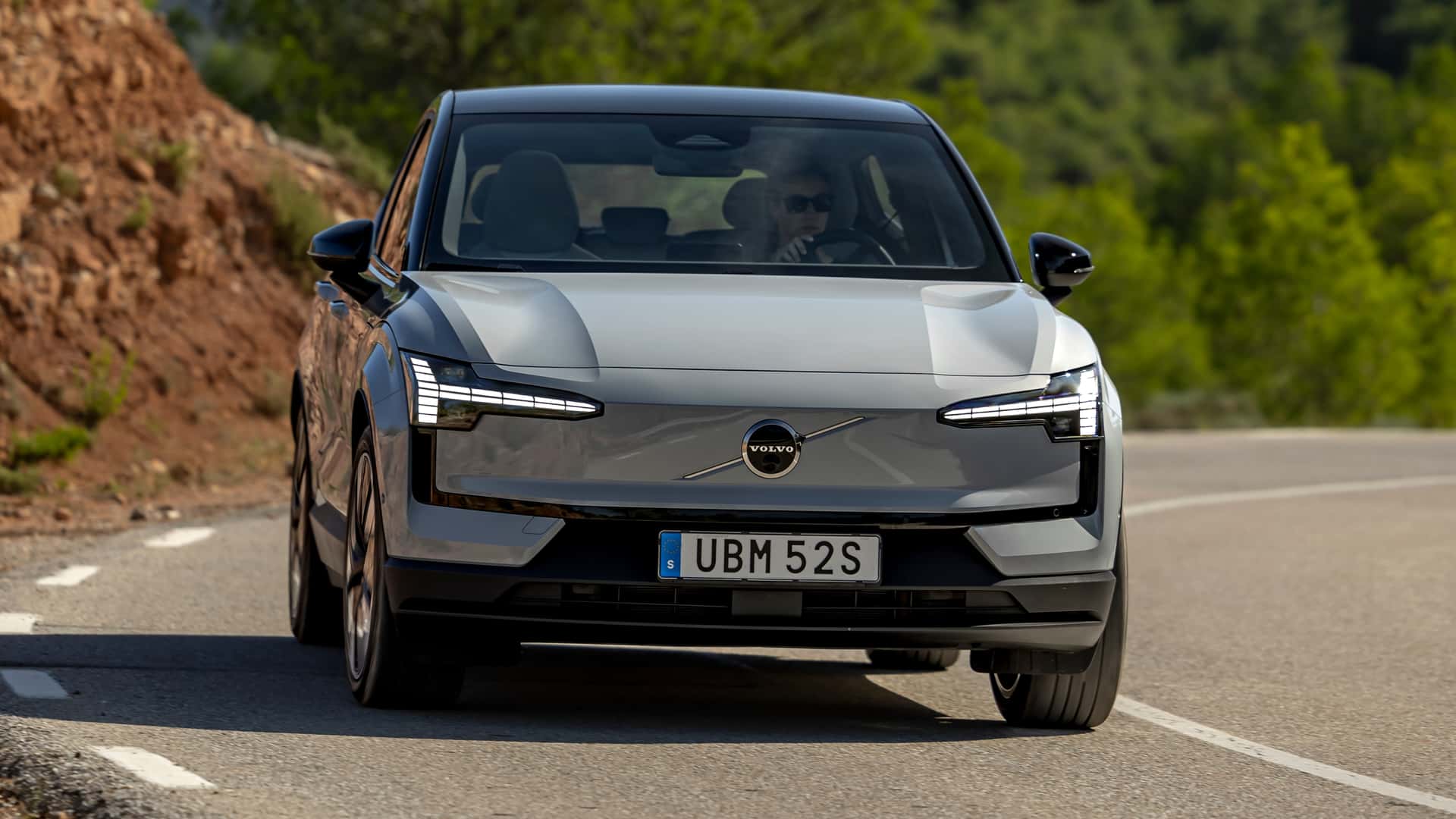Data from thousands of EVs shows the average daily driving distance is a small percentage of the EPA range of most EVs.
For years, range anxiety has been a major barrier to wider EV adoption in the U.S. It’s a common fear: imagine being in the middle of nowhere, with 5% juice remaining in your battery, and nowhere to charge. A nightmare nobody ever wants to experience, right? But a new study proves that in the real world, that’s a highly improbable scenario.
After analyzing information from 18,000 EVs across all 50 U.S. states, battery health and data start-up Recurrent found something we sort of knew but took for granted. The average distance Americans cover daily constitutes only a small percentage of what EVs are capable of covering thanks to modern-day battery and powertrain systems.
The study revealed that depending on the state, the average daily driving distance for EVs was between 20 and 45 miles, consuming only 8 to 16% of a battery’s EPA-rated range. Most EVs on sale today in the U.S. offer around 250 miles of range, and many models are capable of covering over 300 miles.



I get what you mean, but I hate to have to point out the obvious… You’re up a mountain. When you drive back down, the car is going to regenerate the energy back into the battery, you might find that you recover a considerable amount. Was amazed how much I was getting back in my ID.3 just going down some very big hills in Belgium. And 70 miles is not a lot… It’s what, 120 km? I don’t know many cars that do less than 2.5-3 times that amount, and constantly regening down means you probably get a good quarter of that back
My battery is pretty modest… 58 kWh usable, and in the warm months that’s about 4 1/2 days going round-trip between where I live to Amsterdam. Maybe 60 km round-trip. In the winter take off a day. I do not get the charge at home as I am in the apartment as well, but it is easy to find a charger at my destination and plug in there. I think you’d be surprised how little it matters about the charging.
On the flip side, going up needs additional energy to begin with, so overall it’s bound to be less efficient than its typical mileage.
Edit: Adding this - EVs have a lot more torque from the start; they can climb up a mountain more efficiently than a ICE car since the ICE car needs to race the engine harder to gain more torque, thereby using more fuel than when on flat land.
So that’s the same in both EVs and ICE cars. At least with EVs, you’ll get some of that back when you go downhill, where the gas/diesel cars just continue to burn fuel you as you go down.
Again - back to range. 70mi is nothing; most modern EVs are 200+ miles, unless you’re buy a compliance Honda E or the embarrassing Mazda MX-30. Those should have never been built.